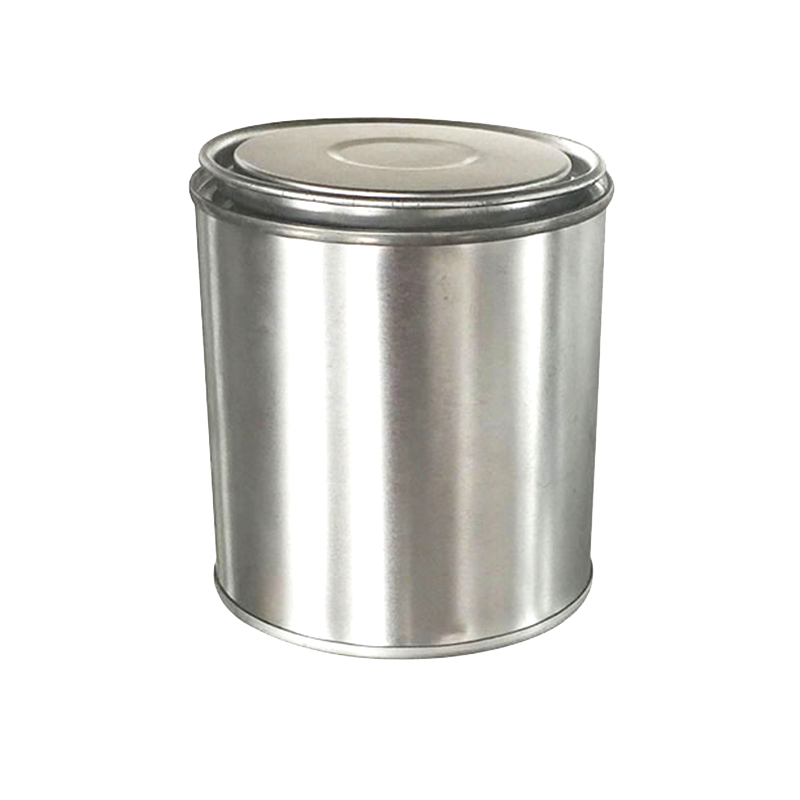Unlined glue cans are manufactured with specific processes and materials to ensure durability and safety, especially considering they will store adhesive products which can vary in composition and viscosity. Here's an overview of how unlined glue cans are typically manufactured to meet these requirements:
Manufacturing Process for Unlined Glue Cans:
Material Selection:
Metal: Unlined glue cans are commonly made from tin-plated steel or sometimes aluminum, chosen for their strength, resistance to corrosion, and ability to protect the contents from external elements.
Thickness: The metal used is typically of a specific gauge to provide structural integrity and prevent deformation during handling and storage.
Forming the Can:
Stamping: Large sheets of tin-plated steel or aluminum are stamped into flat blanks of the can body and ends.
Body Construction: The cylindrical body of the can is formed by wrapping the stamped metal around a cylindrical mandrel and welding or sealing the seam.
Seam Integrity: The seams are carefully welded or sealed to prevent leakage and maintain the can's structural integrity.
Bottom and Lid Assembly:

Seaming: The bottom and lid of the can are seamed onto the cylindrical body. This process involves crimping or rolling the edges to create a secure seal.
Lid Closure: The lid may include a closure mechanism such as a friction fit or a specialized cap depending on the type of adhesive being stored.
Interior Coating (if applicable):
Optional Coatings: While some glue cans are unlined, others may have a protective interior coating applied to prevent chemical reactions between the adhesive and the metal, or to enhance product shelf life.
Food-Grade Standards: If the glue can is intended for food-safe adhesives, it may require coatings that meet food-grade standards for safety.
Quality Control:
Testing: Throughout the manufacturing process, quality control measures ensure that each can meets specifications for dimensions, seam integrity, and overall durability.
Safety Standards: Manufacturers adhere to safety standards and regulations to ensure that glue cans are safe for storing adhesive products and minimize potential hazards during handling and transportation.
Packaging and Distribution:
Packaging: Once manufactured and inspected, unlined glue cans are typically packaged in bulk or palletized for distribution to adhesive manufacturers or retail suppliers.
Labeling: Proper labeling ensures that users are informed about the contents, handling instructions, and safety precautions associated with the adhesive product stored in the can.
Safety Considerations:
Chemical Compatibility: Manufacturers ensure that the materials used in the can construction are compatible with the adhesive products to prevent contamination or deterioration.
Handling Instructions: Proper handling and storage guidelines are provided to users to maintain product quality and safety throughout its lifecycle.
By following these manufacturing practices and safety protocols, unlined glue cans are designed to withstand the rigors of industrial use while ensuring the safety and integrity of the adhesive products stored within them.















